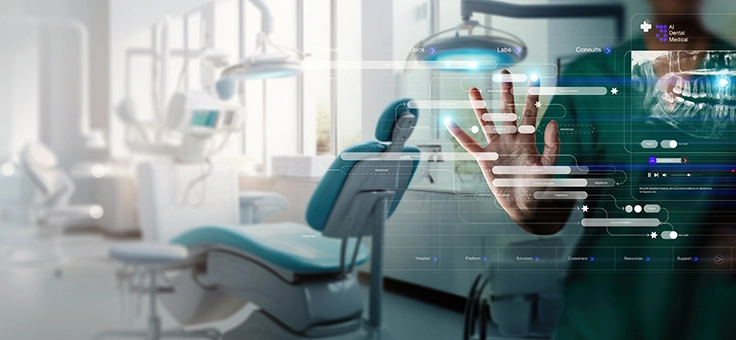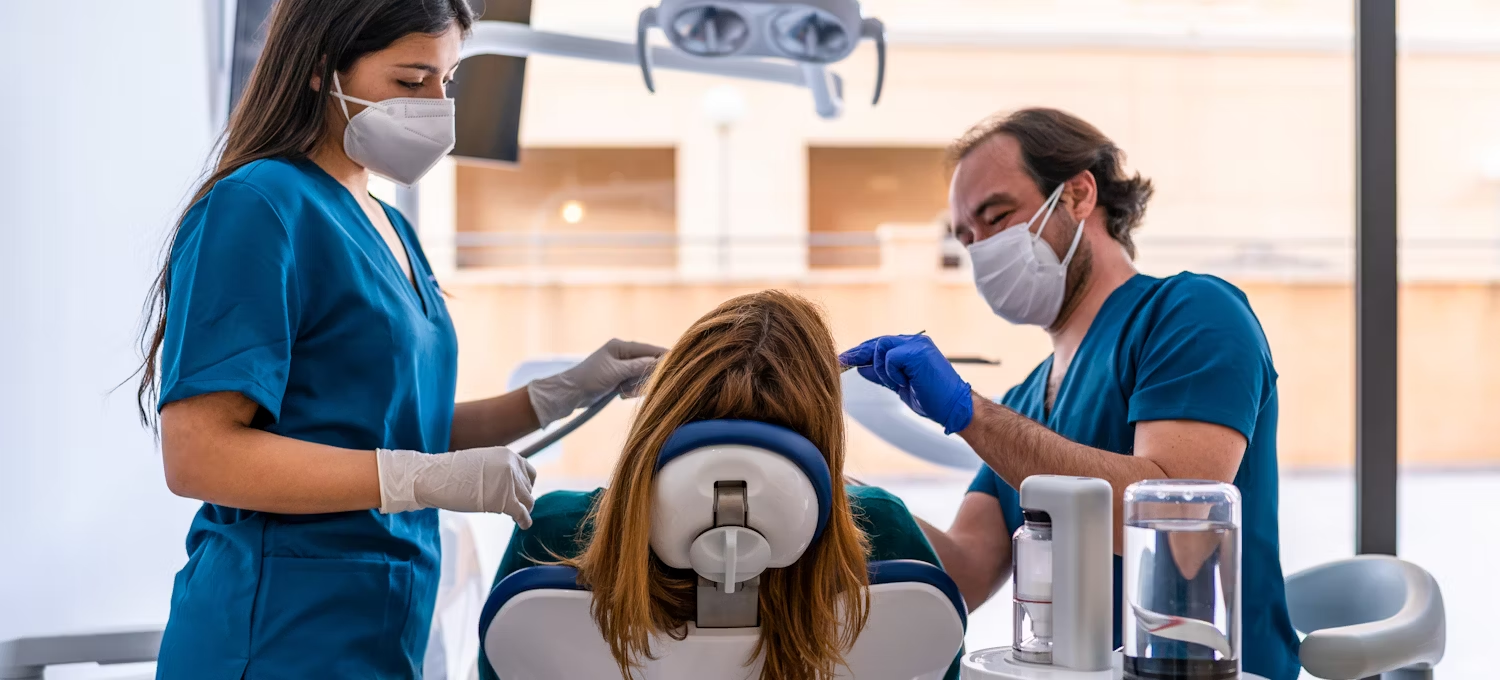Generative AI in Dental Administration: Why Readiness Still Lags Behind
The Promise of GenAI for Dental Practices
Generative AI is gaining attention across healthcare, and dentistry is no exception. The technology offers clear benefits for routine administrative work: drafting clinical notes, handling patient communication, speeding up insurance approvals, and streamlining scheduling. For clinics where staff already struggle with workload, these tools could free up valuable time and reduce burnout.
Yet while the potential is obvious, most dental practices are not ready to integrate AI into daily operations. The so-called readiness gap seen in hospitals also applies here — limited training, outdated infrastructure, and unclear policies make adoption difficult.
Where the Gap Comes From
A recent industry survey highlighted the same barriers that dental administrators report informally:
– Staffing shortages put pressure on teams and leave little capacity for testing new systems.
– Workflows are not fully digitized, so adding AI on top of manual processes rarely delivers results.
– Training is scarce — most staff have never received structured AI literacy education.
– Infrastructure is limited — many practices still rely on local desktops and basic servers, with minimal cloud integration.
The result: administrators see the value of AI but cannot operationalize it without redesigning workflows and investing in baseline IT upgrades.
Everyday Use Cases in Dentistry
Even with the barriers, the low-risk use cases of AI in dental clinics are compelling:
– Documentation support: AI can automatically generate draft treatment notes or insurance appeal letters, reducing paperwork.
– Scheduling optimization: intelligent systems can triage urgent appointments, manage cancellations, and send reminders.
– Insurance communication: faster approval cycles become possible when AI tools help standardize and pre-fill request forms.
– Tele-dentistry support: virtual consultations can be enhanced with auto-summaries and patient follow-up instructions.
These use cases show that the path forward is not about “moonshot AI” but about reducing everyday administrative burdens.
How to Build Readiness
Experts recommend a “crawl, walk, run” strategy for clinics considering AI pilots. Instead of jumping straight into large projects, practices can:
1. Start small — for example, test AI dictation in a three-month pilot.
2. Focus on workflows — digitize record-keeping and streamline processes before layering AI on top.
3. Invest in staff training — build basic AI literacy and ensure staff know how to use tools safely.
4. Strengthen infrastructure — secure data storage, reliable connectivity, and clear compliance policies are prerequisites.
This incremental approach lowers costs and reduces disruption, while giving administrators space to evaluate which tools bring real value.
Why It Matters for Dental Administration
For many dental clinics, staffing and financial pressures already stretch resources thin. Generative AI is unlikely to solve those challenges overnight, but it can ease them if adopted carefully. The key is realistic planning: start with documentation, scheduling, and other routine tasks, and build confidence gradually.
Administrators who prepare their practices with better workflows, stronger data management, and training will be in the best position to make AI a reliable partner in dental care.




